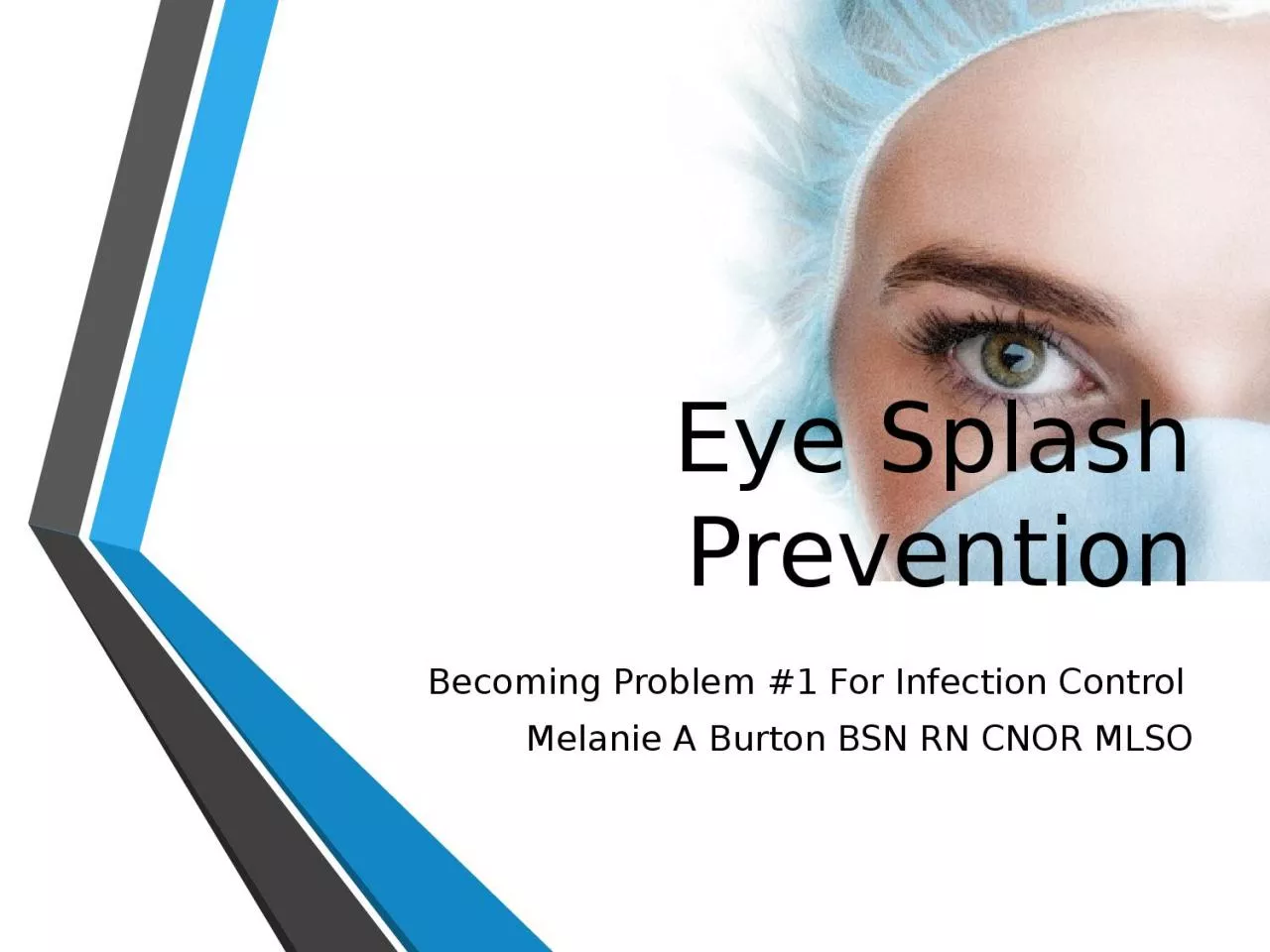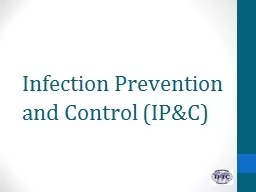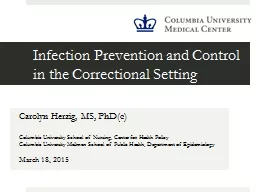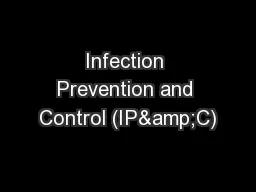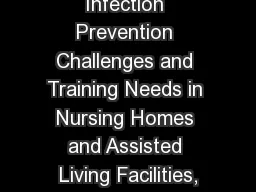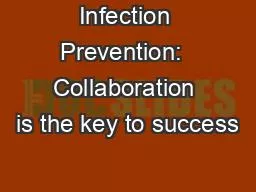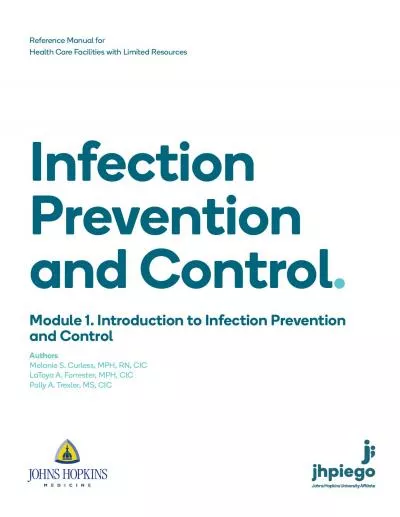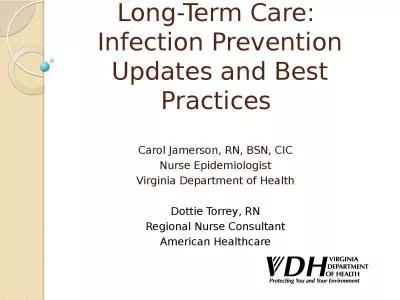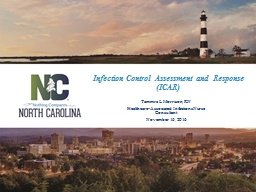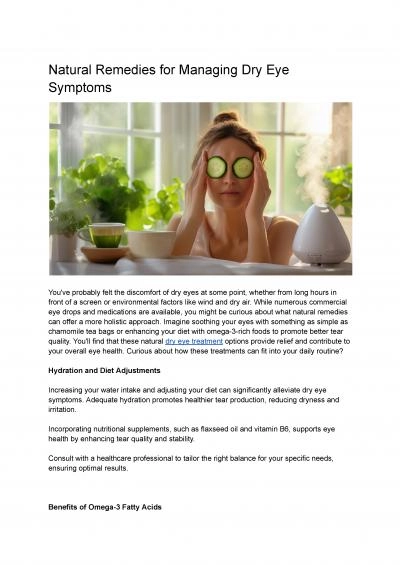PPT-Eye Splash Prevention Becoming Problem #1 For Infection Control
Author : roberts | Published Date : 2024-01-29
Melanie A Burton BSN RN CNOR MLSO Objectives Describe EyeRelated Infection Risks Review Prevailing Eyewear Standards Obtain New Clinical Data to Inform Decisions
Presentation Embed Code
Download Presentation
Download Presentation The PPT/PDF document "Eye Splash Prevention Becoming Problem ..." is the property of its rightful owner. Permission is granted to download and print the materials on this website for personal, non-commercial use only, and to display it on your personal computer provided you do not modify the materials and that you retain all copyright notices contained in the materials. By downloading content from our website, you accept the terms of this agreement.
Eye Splash Prevention Becoming Problem #1 For Infection Control: Transcript
Download Rules Of Document
"Eye Splash Prevention Becoming Problem #1 For Infection Control"The content belongs to its owner. You may download and print it for personal use, without modification, and keep all copyright notices. By downloading, you agree to these terms.
Related Documents

